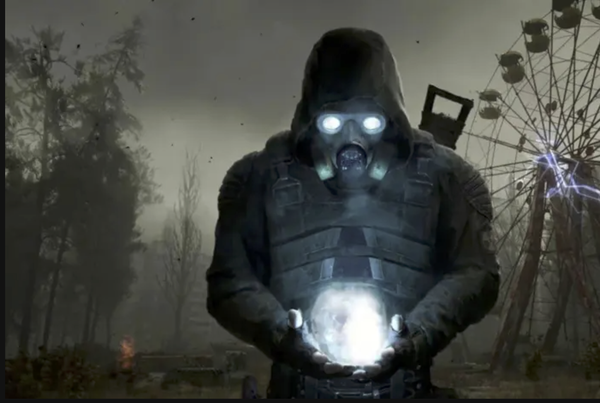Truth or marketing? Red thread from Jerusalem

You’ve likely noticed people sporting a red woollen thread on their wrists on more than one occasion. The sight is a familiar one, prompting the logical assumption that these individuals believe it will protect them from malicious forces, the evil eye, and other sinister spirits.
These superstitions have been quite commercialized - 15-20 centimetres of such thread can cost anywhere from 60 to 150 hryvnias. Yet, people swear they actually brought it from Israel, where it was previously blessed.
We won’t refute the mystical and esoteric properties ascribed to this amulet. Faith, after all, is not a matter of facts and critical thinking. Instead, we’ve uncovered the origins of this “fashion” and its symbolic meaning.

In online stores, the product is typically described as a “red thread for the hand from Jerusalem.” The descriptions claim it protects against: supernatural forces, jinxes, the evil eye, envy, negative thoughts, diseases, and will help attract success, family well-being, financial prosperity, and happiness.
The history of this attribute is rather vague, but it is believed that the tradition of wearing it on the wrist is associated with the Kabbalah and religious forms of Judaism. According to one legend, a red thread was found on the grave of Rachel (a biblical figure). Lay people cut it into small pieces, which they then tied to newborns’ hands at birth as a talisman.
Although various sources mention the red thread as a good omen, there is no written mention in the Torah, Halakha (Jewish law), or the Kabbalah that it should be worn on the wrist. Nevertheless, it is highly doubtful that this practice was widespread in past centuries.
Today, however, red threads are popular not only in Ukraine but also in different countries worldwide. Moreover, this amulet has been spotted on such famous people as Madonna, Leonardo DiCaprio, and Ariana Grande. World stars have contributed to its popularization.
Such threads can be purchased not only in Israel but also in many souvenir shops. They often come with a “license” certifying their originality and origin in Jerusalem, a special prayer to be recited while wearing it, and instructions for use.
The assortment of these threads caters to every taste: braided, with metal inserts, stones, additional knots, etc. There should be seven knots, each holding its own meaning instilled by the wearer: long life, good health, luck in love, career success, and whatever else one might wish for.
The methods of wearing also vary from instruction to instruction: some say to wear it on the right hand, others the left. Some write that it should never be cut, while others detail a special way of tying the knots. They claim the thread will break by itself after losing its energy. Sometimes it’s said that such an amulet should not be worn by persons with cardiovascular problems and evil thoughts.
We, as cynical fact-checkers, certainly don’t believe in such mystical nonsense. It’s just an ordinary thread made of red wool. Moreover, we doubt that all sellers bring these threads to Ukraine directly from Jerusalem itself. It’s quite possible that they buy it in handicraft shops, then cut it, print out an insert with a prayer or instruction, and voilà.
We can even calculate the profit margins.
The average cost of a “red thread from Jerusalem” online ranges between 60 and 150 hryvnias, with an approximate length of up to 20 centimetres. Sometimes it’s sold in bulk, in 5-10 piece bundles.
The cost of a 100-metre skein of woollen thread in a handicraft shop is about 90 hryvnias.
So, a skein of 100 m = 10,000 cm.
10,000 / 20 = 500 amulets from one skein.
Let’s not forget that the price of an amulet is 60 hryvnias.
60 x 500 = 30,000 hryvnias.
It turns out that from one skein costing 90 hryvnias, one can get 500 amulets worth 30,000 hryvnias. You’d agree that’s a pretty good business. And the main driver of this trade is advertising and people’s belief in supernatural phenomena ![]()
Computed by Dmytro Filipchuk.






